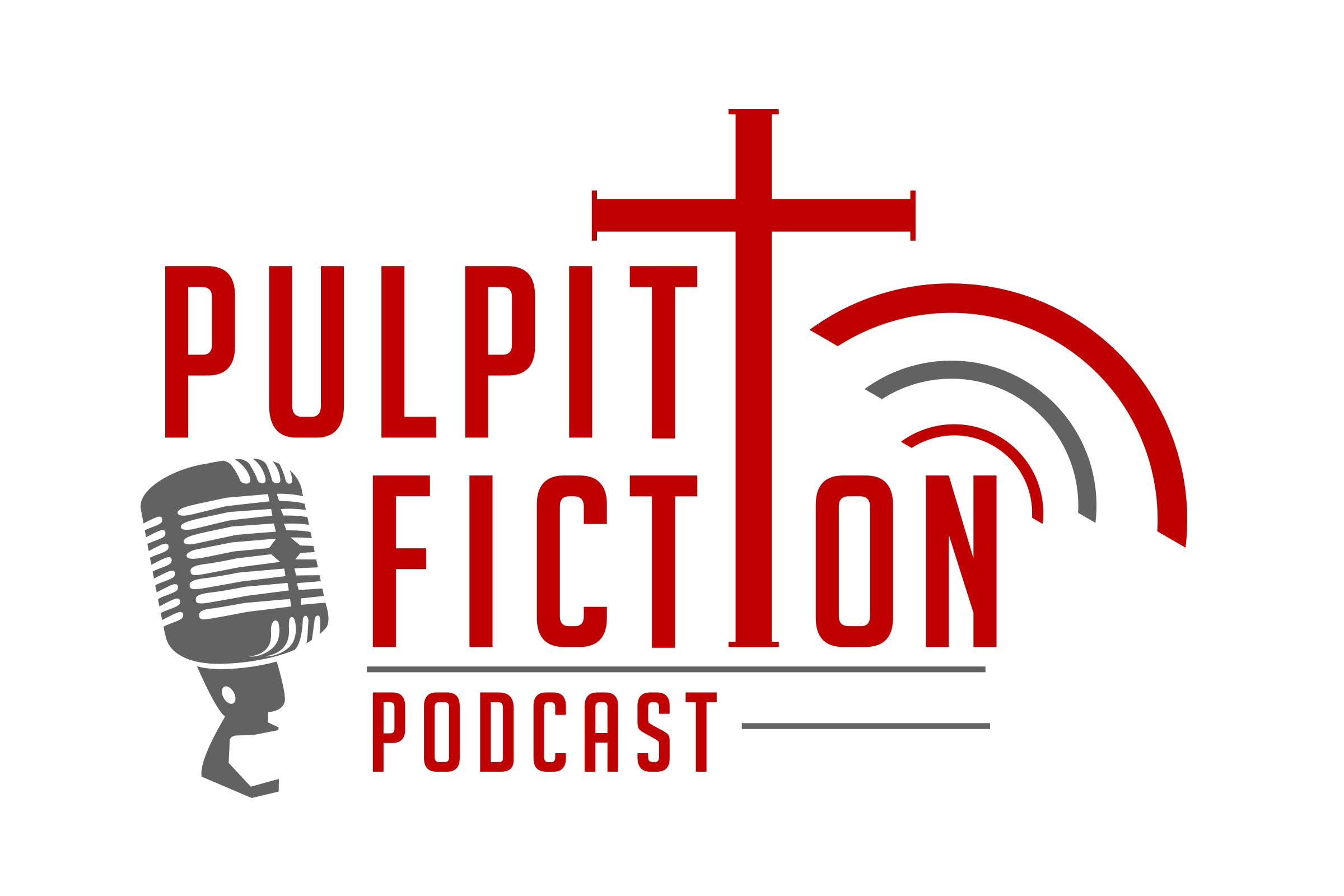NL 413: Ezekiel Valley of Dry Bones (Advent 2)
image: pxfuel
Ezekiel 37:1-14
December 5, 2021
Ezekiel 37:1-14
Initial Thoughts
Prophe-sai, not Prophe-see
Prophesy (prophe-sai) is a verb, and action
Prophecy (prophe-see) is a noun
Ezekiel, priest and prophet at the beginning of the the Exile
Son of a priestly family - should have become a priest but was taken to Babylon in the first exile 597 BCE
Became a prophet at 30 years old while working in the village of of Tel-abib
Extreme embodied demonstrations of prophetic proclamation:
Laying on his side for 390 days and then his other side for 40 days
Shaving his head and then striking it around the city
Building a model of Jerusalem and laying siege to it
Packing up his belongings every night in a mock exile
Shaking and trembling when he ate
Repeatedly addressed as the “Son of Man”
Book of Ezekiel
~591-571 BCE
Prophecies are from before and after the fall of Jerusalem
Book was likely compiled after the the restoration of Jerusalem (538 BCE)
Bible Study
Ruach - v.1 the Spirit/breath/ or wind of the God brings Ezekiel to the place of this vision - similar to the spirit of God leading Jesus into the wilderness or leading Philip to the Ethiopian Eunuch
More of a wind which picks people up and moves them or leads them in v. 1
A breath of new life in v. 5
A gathering of that which has been scattered to the edges of the earth requires the 4 ruach or winds to bring together - both wind and breath
Dry bones - important and often overlooked detail - these are not the remains of the newly dead (like Lazarus, Jesus, or Jairus’ daughter) rather these are the remains of bodies long dead and dried
Metaphorical Vision as described in v.11-14 depicting the resurrection of Israel, not proof of the bodily resurrection of Christians.
“The scattered, dry bones of the long dead are a symbolic image of the people of Israel in exile, its national existence ended by the conquest and destruction of the kingdom of Judah” Robert Alter, Hebrew Bible: A Translation with Commentary vol. 2, p. 1164
Message of hope that Israel will one day be restored by God
Prophesying to dry bones
A bold thing to prophesy to that which is dead, much less that which is long dead. How often are we tempted to keep silent because we are sure our voice will not be heard?
We move from dry bones on the valley floor to the Israelites in their “graves” - not literal graves, but rather the graves of despair and hopelessness - the valley of the shadow of death
When the dry bones come together they form a great army - this is a collective militaristic and political force, not simply a resurrected collection of people
Resurrection: bodily and politically
Resurrection of the body can only be achieved through the power of God
There is nothing in hre about a
Political resurrection/restoration also can only be restored through the power of God, but the people don’t realize this.
Looking to Egypt as a source of redemption and restoration
Look only to God
“More than anything else human beings can hope for, Calvin claimed, the resurrection of the dead is so utterly dependent upon God that there can be no doubt that it lies outside of our powers. There are forms of immortality that one can recognize as intrinsic to existence in the normal course of things—the survival of one's heirs, influence, or reputation, for instance. For a body to be resuscitated long after it has begun to decompose, that is a miracle.” Kelton Cobb, Feasting on the Word: Year A, Volume 2: Lent through Eastertide.
Resurrection, in the view of early Christians (Irenaeus and Tertullian), required a body.
Very different view of biology
Why the punishment by Rome (eaten by lions or hacked apart by Gladiators was considered especially cruel as it prevented resurrection)
Later those who were thought irredeemable by the Church would be beheaded to prevent resurrection
Dexter Callender Jr. points out the many connections in African American Spirituals and plays and this passage. While there is a “relative absence of allusions to the Bible’s postexilic narratives...the graphic portrayal of the restoration of the valley of dry bones in chapter 37 is a notable exception.” (The Africana Bible, p.161)
Method of restoration? Prophecy - prophetic proclamation of God - speaking truth to power
Prophesying is often seen a method of tearing down systems of oppression and power, here prophecy is a message of hope-filled redemption
However - the redemption of Israel will take place only through the power of God!
Ezekiel is called to preach the Word of God - that is the means of renewal and resurrection - a powerful task for any preacher
Ezekiel is told to call upon the Spirit of God and give it life - when was the last time you called upon the Spirit of God?
What is needed is not the latest technology or sermon series or program- what is needed is the word of God. The “dry bones” are listening, waiting & begging for someone to bring the Word.
Thoughts and Questions
When was the last time you called upon the Spirit of God to fill your congregation?
I always think the Spirit is already present, but perhaps it is a both-and. Perhaps calling upon the Spirit/invoking the spirit not only summons the breath of God, but makes us aware of its presence.
Who in your congregation is in need of renewal and resurrection? What groups or communities are in need of renewal and resurrection? What word of God are they waiting for?
Opening music: Misirlou, One Man 90 Instruments by Joe Penna/MysteryGuitarMan at MIM
Closing Song by Bryan Odeen
